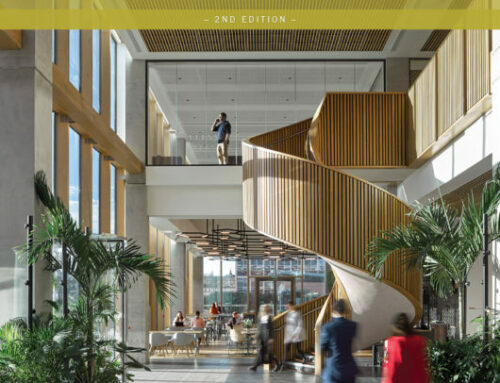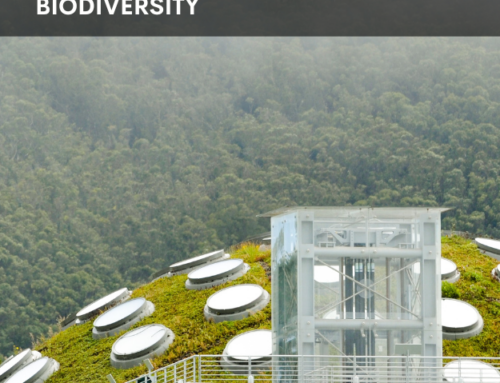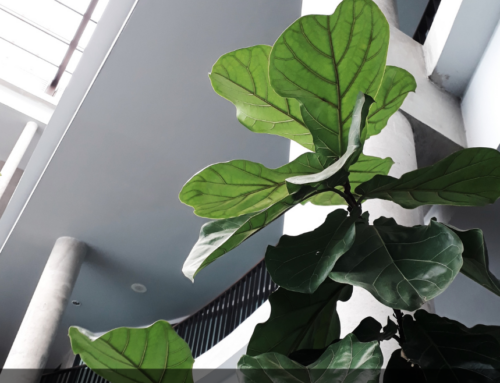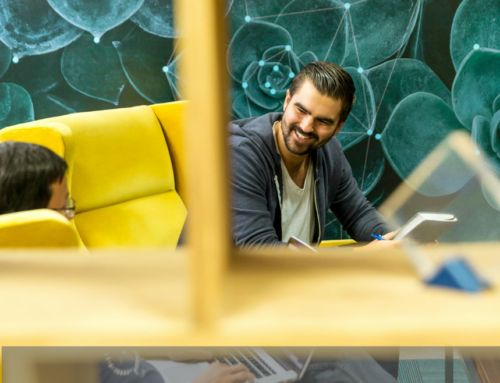Authentically Green Interiors

There is growing recognition within the sustainability movement that to be truly effective, a green facility must do more than effectively use natural resources. These facilities need to nurture the health, prosperity and general well being of the inhabitants of its spaces.
The efficient use of our natural resources is vitally important to our futures. Energy and environmental related costs represent only a small portion of the full costs of the facility. The human capital that occupies a facility is, by far and away, the largest cost of any facility. Critical to a building’s success is its impact on people, individually and collectively. A number of design factors impact the actions and reactions of people. One of these factors is Biophilia (the human affinity for natural things) that contributes to the well being of humans in the built environment. There are several organizations around the world that are committed to bringing forward, and bringing to the attention of the design community, the most relevant and compelling findings on the environmental contributions of plants to a building’s interior.
This article will draw upon several research results from around the world that have sought to identify, assess and value the benefits of interior plantings in buildings. Designers who subscribe to the ideals of Human Centered Sustainable Design (HCSD) believe that such benefits are vital to a building’s sustainability and as such should be incorporated into the guidelines such as USGBC’s LEED rating system.
Until such time as rating systems such as LEED recognize the contribution and value of interior plantings, designers will need to “do the right thing” when challenged and continue to accommodate human physical and psychological needs by including interior planting in their sustainable designs.





